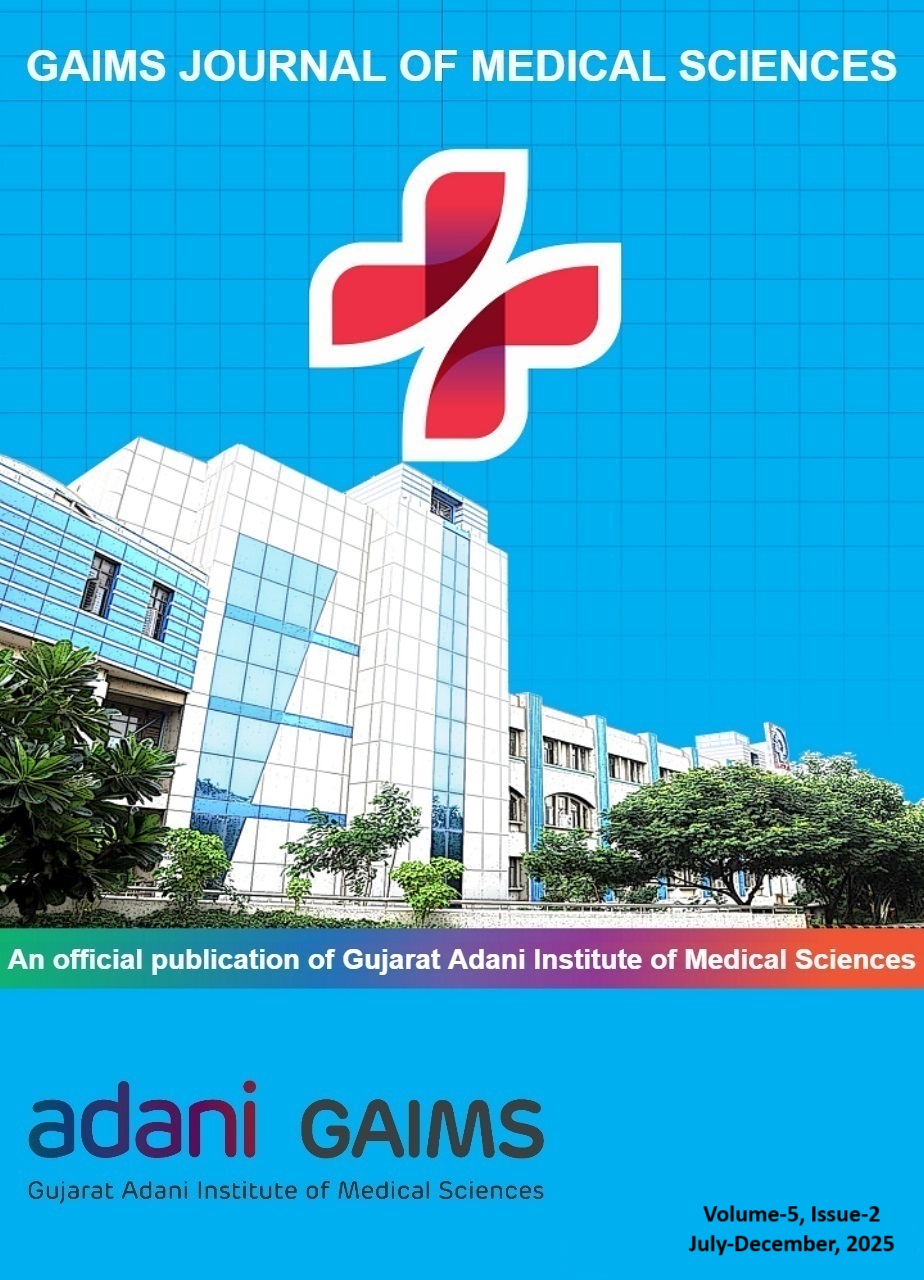Evaluation of Educational & Social Environment among Undergraduate Medical Students
Keywords:
Educational and social environment, DREEM questionnaire, FGDAbstract
Background: A healthy and favorable educational and social environment in any institution is always a boon for overall growth of the institute and its students. For this, globally recognized DREEM questionnaire as quantitative analysis tool and Focused Group Discussion(FGD) as qualitative analysis tools are used to evaluate educational and social environment of undergraduate MBBS students.
Material and Methods: The present descriptive study was conducted by using DREEM questionnaire and Focused Group Discussion among the undergraduate MBBS students and faculty of Subharti Medical College, Meerut (UP).
Results: According to the Global educational environment index by DREEM analysis for undergraduate students fell into the third category across all domains (Student Perception of Learning, Student Perception of Teachers, Student Academic Self-Perception, Student Perception of Environment and Student Social Self-Perception). Total DREEM score obtained in our survey was 174.73 out of 250 (around 70%) which reflect that educational and social environment in the institute are at par with other medical colleges. Focused Group Discussion with students and teachers resulted in candid feedback related to confidence building, fruitful teaching, learning methods and feedback.
Conclusion: DREEM survey and FGD are very good tools for analysis of educational and social environment and can point out the lacunas and their remedies also.
Downloads
Published
Issue
Section
License
Copyright (c) 2025 Sanjiv Kumar, Surabhi Gupta

This work is licensed under a Creative Commons Attribution-NonCommercial-ShareAlike 4.0 International License.








